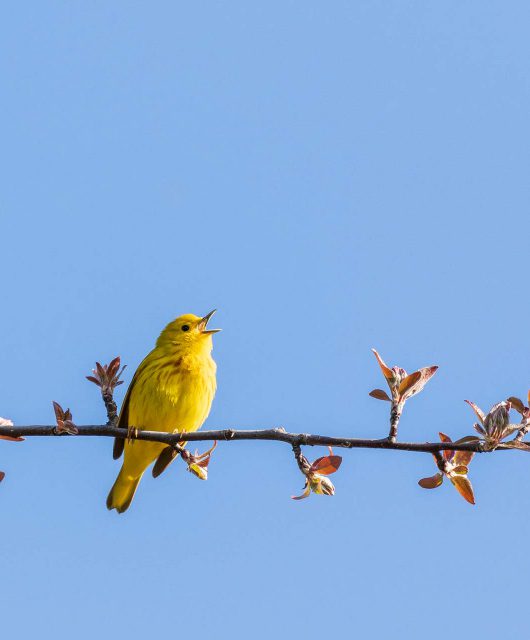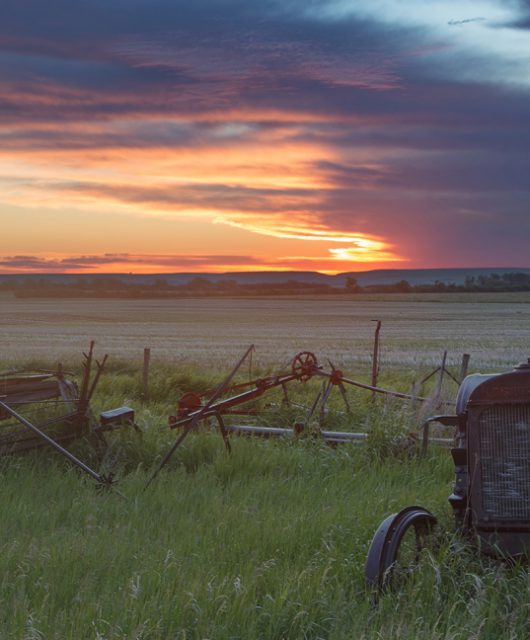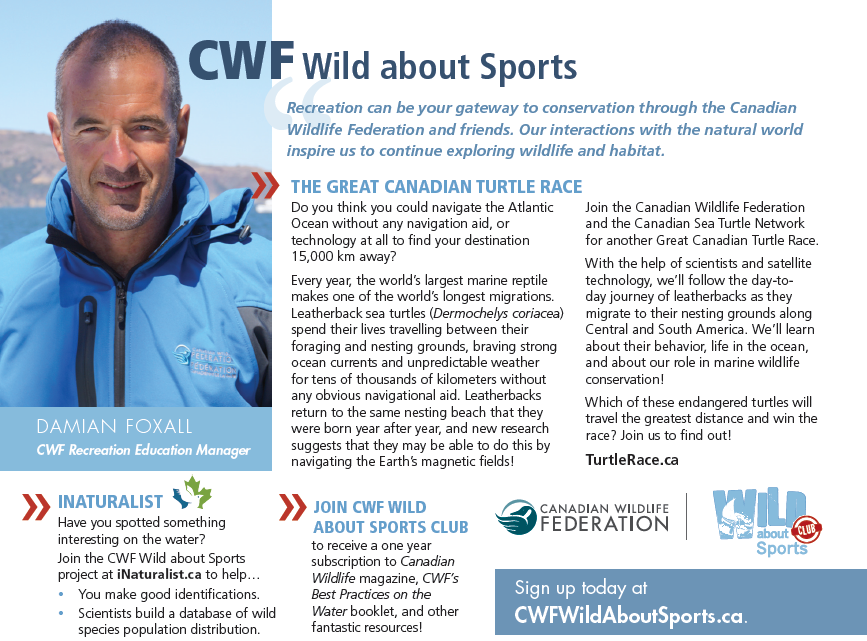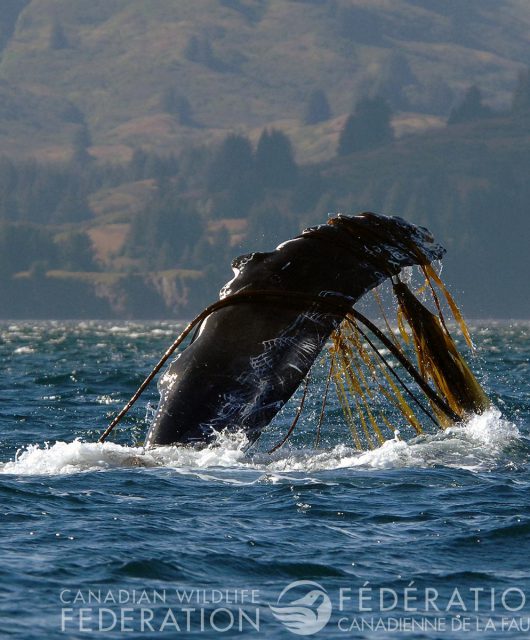Sounds aren’t the only way species communicate with each other
Birds will chirps, wolves will howl, ducks will quack and owls will hoot…but what about other ways of communicating? Take a look below at the incredible world of non-verbal communications!
There was something in the air that night
Ever wonder how all the ants just seem to know when there’s a piece of food on the ground? That’s because when an ant finds a new food source, it will release pheromones near it and along its path to help direct its fellow ant-friends to the food source. When the food source is almost gone, they stop releasing pheromones to let the scent trail fade away.
We all know that when Pepé Le Pew feels threatened, it will defend itself by spraying a special eau de skunk spray towards the predator. This is the skunk’s non-verbal way of communicating to those around to stay far, far away!
Wolves mark their territories with urine and scats to warn other wolves this area is already occupied and to move along. Not only this, but they use a variety of non-verbal body language such as facial expressions, and body movement and positions to convey the rules of the pack and exert their dominance.
So you think you can dance
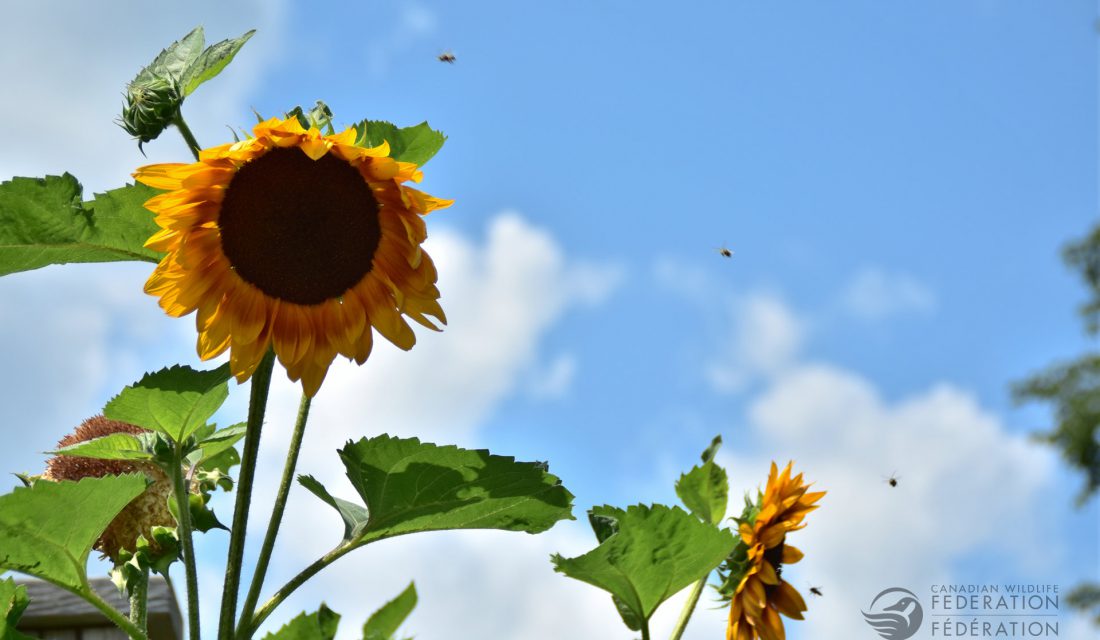 Bees will return to the hive to tell other bees that it found that sweet pot of nectar by performing a bee waggle dance to indicate the location. The dance is interpreted by other bees through touch in darkness, inside the nest. Could the bee waggle be the next fortnite floss dance phenomenon? We sure hope so!
Bees will return to the hive to tell other bees that it found that sweet pot of nectar by performing a bee waggle dance to indicate the location. The dance is interpreted by other bees through touch in darkness, inside the nest. Could the bee waggle be the next fortnite floss dance phenomenon? We sure hope so!
Touted as one of nature’s greatest dancers, the Greater Sage Grouse sure know how to strut their stuff to impress that special lady. They show off their dashing good looks by puffing themselves up and popping their air sacs on their chest in and out. This is one dance you must Google right now.
Courting pairs of Whooping Cranes are also best known for their dance performance. They perform an elegant and elaborate dance display that involves leaping, flapping their wings and tossing their heads. Sign this duo up for So You Think You Can Dance pronto!
It’s all in the flick
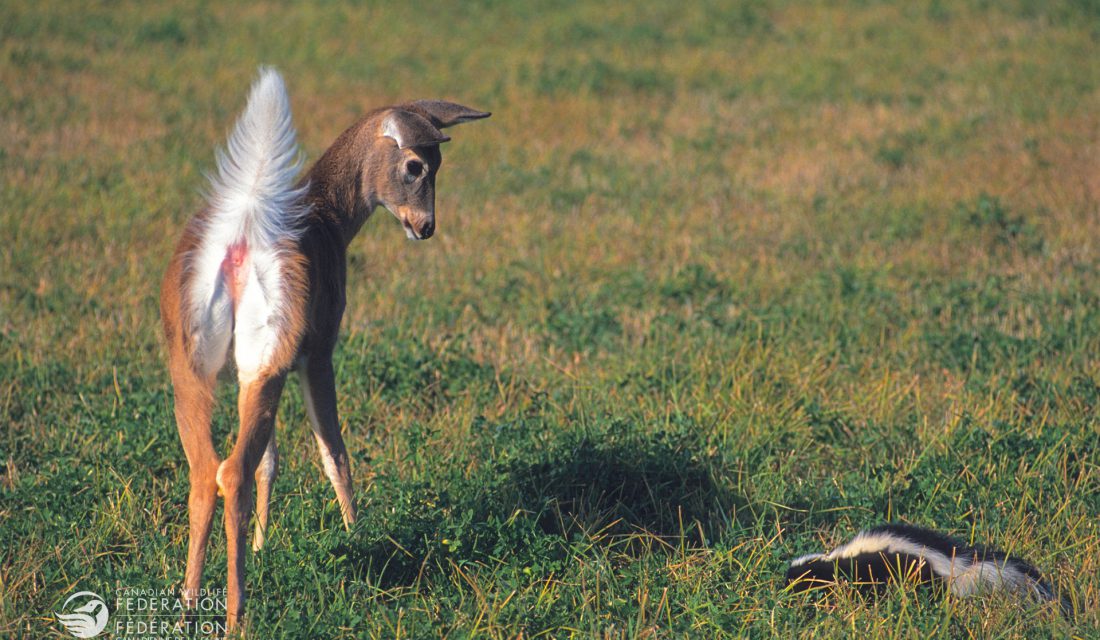
The tail of a deer is more than just a tail – it can tell you what the deer is feeling. Deer will wag their tails if relaxed and feel no imminent threat. Things start to change at the half-mast, a tail that is halfway up. It’s the first sign that something just doesn’t feel right. Then there is the flare when their tail is sitting straight up, and this means they are on alert and know that there is danger around. And finally, they perform the warning flicks. These are fast and they’re telling others to get ready to make a run for it.
A squirrel’s tail does more than just help them with their balance. It’s a way to communicate! When squirrels see something that makes them feel a bit uneasy it will wag its tail and do tail flashing to let their fellow squirrels-mates know. When squirrels approach a member of the opposite sex, its tail will tremble or have shivering like motions to help draw attention to itself.
Slapping good time

We know Dolphins make those famous whistles and clicks sounds to communicate to others and to determine their locations, but they communicate in so many more ways! Dolphins will often slap its tail and flippers on water producing a loud sound to get the attention of others in the area.
Friend or foe? Only a kiss can tell

Greeting kisses are an important way of communication for Prairies Dogs. It may appear like their kissing, instead they’re actually baring their teeth and pressing mouths together to see if they are friends in the same social group or foes. If they are friends, then it’s business as usual, but if it’s a foe, they’ll fight it out.

